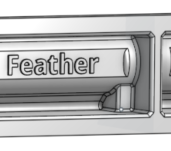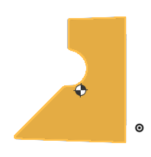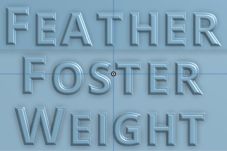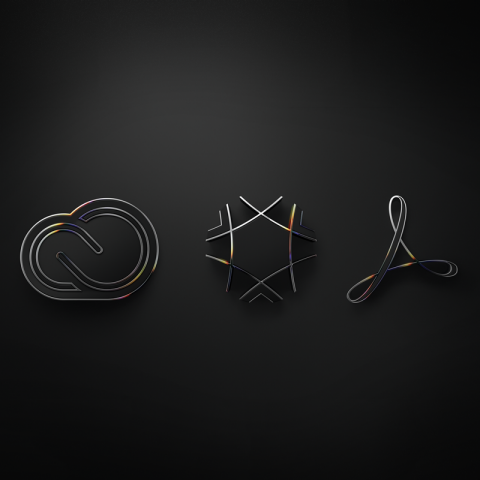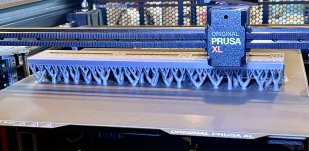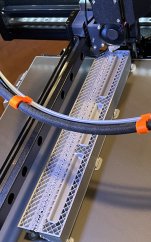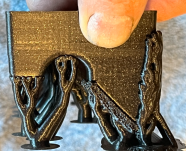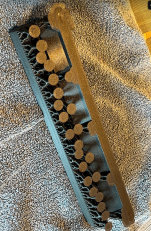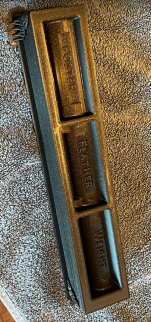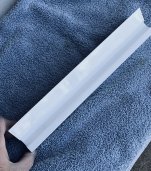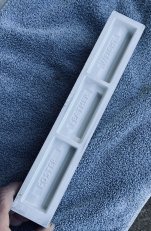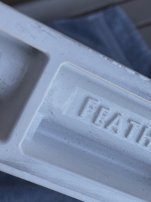dgfoster
Diamond
- Joined
- Jun 14, 2008
- Location
- Bellingham, WA
I have had the occasional request for a prism between that is between the 8 and 18" prisms that I designed and cast. So, I am kicking around a 12 that is cored out like the 18 and is similar in shape to both the 8 and 18.
Here is what I have drawn in the last couple days.
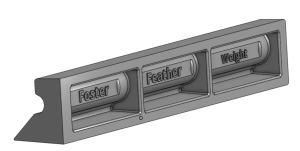
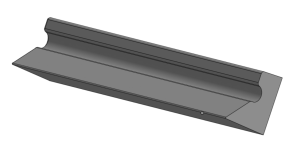
It is about 2" high and the sole is about 1.75 wide. The included angle will be about 45 degrees. Prior to machining it will weigh just under 5 pounds. Machining would remove about .07" x 24X1.5 cu inches of material or not quite a pound. It would be cast as usual in very clean and soft (easy scraping) grey iron.
It will be a bit more complex to cast than the 8 and so a raw casting will be priced in the 150 dollar range.
This is all very early in the process so I am open to suggestions. (Other items to be on the wish list are welcome.) Is this worth pursuing? My new Prusa XL 3-D printer will arrive in 10 days or so. This would be a good first print project for that printer including risers, runners, sprue and cores.
Denis
Here is what I have drawn in the last couple days.


It is about 2" high and the sole is about 1.75 wide. The included angle will be about 45 degrees. Prior to machining it will weigh just under 5 pounds. Machining would remove about .07" x 24X1.5 cu inches of material or not quite a pound. It would be cast as usual in very clean and soft (easy scraping) grey iron.
It will be a bit more complex to cast than the 8 and so a raw casting will be priced in the 150 dollar range.
This is all very early in the process so I am open to suggestions. (Other items to be on the wish list are welcome.) Is this worth pursuing? My new Prusa XL 3-D printer will arrive in 10 days or so. This would be a good first print project for that printer including risers, runners, sprue and cores.
Denis



